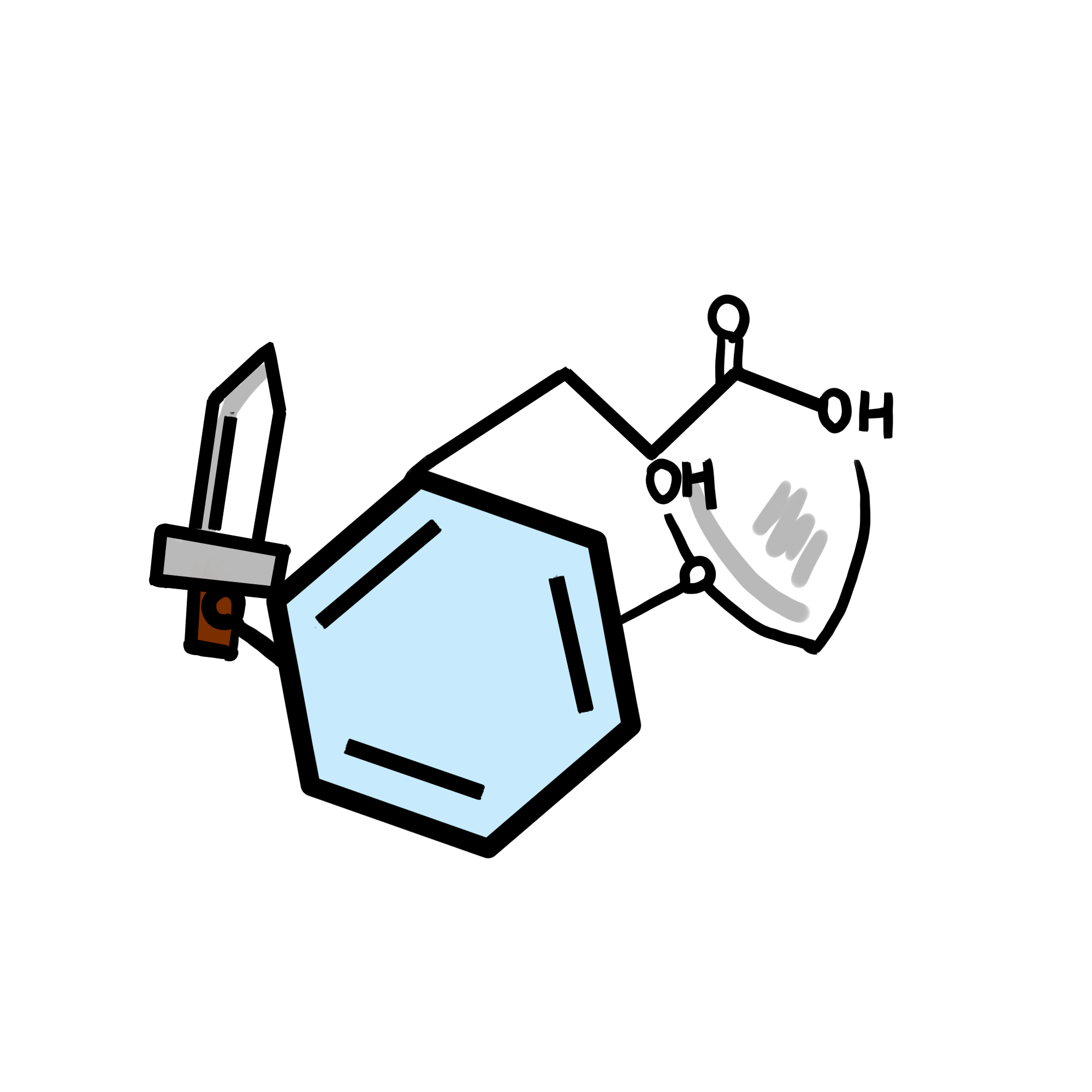Why do we do this ?
According to statistics, the microbes we touched each day is about 3 times more than the human cells. The infection with some specific microbes can cause infectious diseases and give unpleasant smell. Bacteria can infect any area of the body and cause different diseases: pneumonia, meningitis, food poisoning, etc.
We believe that it will be very interesting and meaningful to inhibit most of the bacteria that affects our normal life and to make the environment that has an unusual smell become fragrant in a more efficient, environmentally friendly way.
Based on the principles of metabolic engineering, we engineered an E.coli strain producing phenyllactic acid that has broad-spectrum antibacterial effects, and the rose-like aroma compound 2-phenylethanol.They are all bio-safe substances of food grade.
We incorporated the common components of temperature and salt control in the synthesis system, which applied phenyllactic acid and 2-phenylethanol to the environment of our daily lives.The environemnt around us will be greatly improved due to the release of phenyllactic acid and 2-phenylethanol.


What do we want to do?
We designed two applications to bring PLA and 2-PE into practice. In order to highlight the role of PLA and 2-PE, broad-spectrum antibacterial and rose-like aroma compound, we add it to solve the internal and external environment.
Phenyllactic acid(PLA)widely found in kimchi, honey and other foods. It is a new type of natural antibacterial substance and preservative, which can inhibit a series of Gram-negative, positive bacteria and fungi. In our project, d-lactic acid dehydrogenase (D-ldh) and phenylalanine transaminase (Tyrb) were efficiently expressed in Escherichia coli, besides, glutamate dehydrogenase (GDH) was expressed, for the internal recycling of cofactor NADH. The phenylalanine was converted to phenylpyruvate by the action of an ammonia-transferase (Tyrb), and then dehydrogenated by a lactate dehydrogenase (D-ldh) to produce phenyllactic acid. 2-Phenylethanol (2-PE)is one of the most important perfume, which has a roselike quietly elegant, delicate and persistent aroma. In recent years, many studies have shown that phenylethyl alcohol not only has antibacterial activity, but also its phenylethanoid glycoside has medicinal value. In our project, we used the tnaA gene deletion strain of Escherichia coli as an engineering strain, and the phenylalanine is converted to phenylpyruvate by the transamination of aromatic transaminase (TyrB), then acetaldehyde is formed by decarboxylation of phenylpyruvate decarboxylase (Aro10), and finally 2-phenylethyl is produced by dehydrogenation of phenyla- cetaldehyde reductase (PAR). The 2-PE biosynthetic pathway was constructed, and finally the metabolic pathway and optimization of the catalytic conditions were carried out to significantly increase the yield of 2-PE.

How to make practical use ?
We plan to achieve the practical application of the project through the design of garbage can lid and body lotion. The new garbage can lid that we designed can be used to contain our engineered bacteria. With pressing a red button on the top of it, the engineered bacteria in the lid could evenly flow into the can and start expressing PLA and 2PE, so as to inhibit the growth of harmful bacteria and produce rose-like aroma. This application design is currently practiced in the waste liquid cylinder in the laboratory, and we plan to extend it to more areas in our life . We used body lotion or spray as our final product to get rid of bromidrosis. Our engineered bacteria will be made into freeze-dried powder and store at room temperature. Just need to add the powder into the body lotion, when the users want to use the body lotion. (Details can be found on our Application page.)





